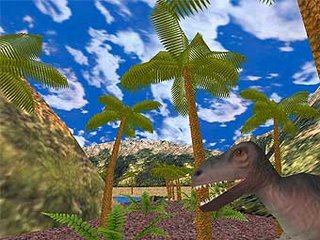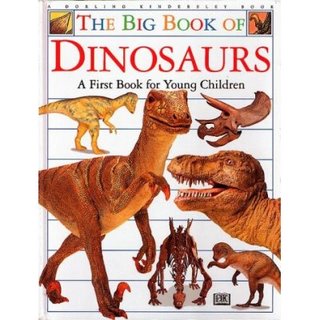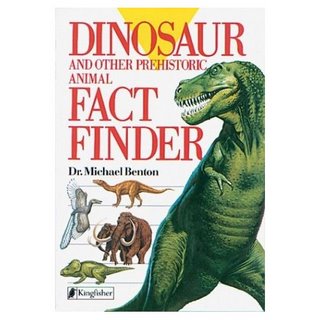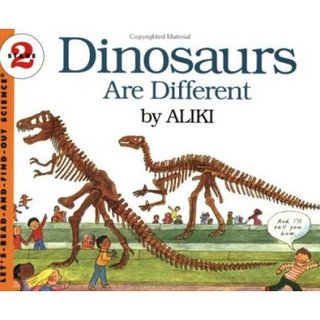Paleontology is the study of the history and development of life on Earth, including that of ancient plants and animals, like dinosaurs based on the fossil records which is evidence of their prehistoric existence as typically preserved in sedimentary rocks.
Timeline of paleontology.
1770 - The bones of a huge animal are found in a quarry near Maastricht in the Netherlands.
1795 - Georges Cuvier identifies the bones found in the Netherlands as belonging to extinct reptile.
1811 - Mary Anning discovers the fossilised remains of an ichthyosaur at Lyme Regis.
1821 - William Buckland finds the remains of a hyenas' den in Yorkshire, containing the bones of lions, elephants and rhinoceros.
1821-22 - Mary Anning discovers the world's first Plesiosaur skeleton at Lyme Regis.
1822 - Gideon Mantell discovers the fossilized skeleton of an Iguanodon dinosaur.
1823 - Human bones are found with those of the woolly mammoth at Paviland Cave on the Gower Peninsula, proving that the two had lived on earth at the same time.
1836 - Edward Hitchcock describes the footprints of giant birds from Jurassic formations in Connecticut
1841 - Richard Owen creates the word "dinosaur" 1855 - The first Archaeopteryx fossil found in Bavaria, Germany.
1858 - The first dinosaur skeleton, Hadrosaurus, is excavated in the United States and described by Joseph Leidy
1871 - Othniel Charles Marsh discovers the first American pterosaur fossils.
1878 - The first Diplodocus skeleton is found at Como Bluff, Wyoming
1905 - Tyrannosaurus rex is described and named by Henry Fairfield Osborn
1909 - Discovery of the Burgess Shale Cambrian fossil site
1912 - Continental Drift proposed by Alfred Wegener, leading to plate tectonics and explanation of many surface features.
1920 - Milutin Milanković proposes that long term climatic cycles may be due to changes in the eccentricity of the Earth's orbit and changes in the Earth's obliquity
1947 - Willard Libby introduces carbon-14 dating
1974 - Donald Johanson and Tom Gray discover a 3.5 million-year-old female hominid fossil that is 40% complete and name it "Lucy"
1980 - Luis Alvarez, Walter Alvarez, Frank Asaro, and Helen Michel propose that a giant comet or asteroid may have struck the Earth approximately 65 million years ago thereby causing massive extinctions and enriching the iridium in the K-T layer.
1984 - Hou Xianguang discovers the Chengjiang Cambrian fossil site.











